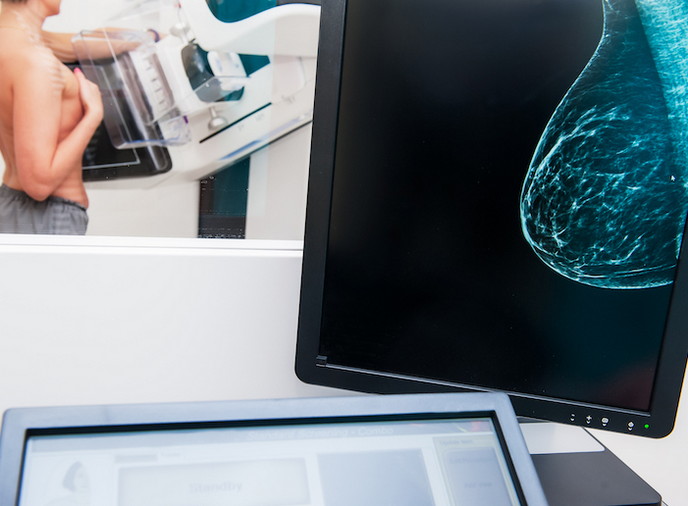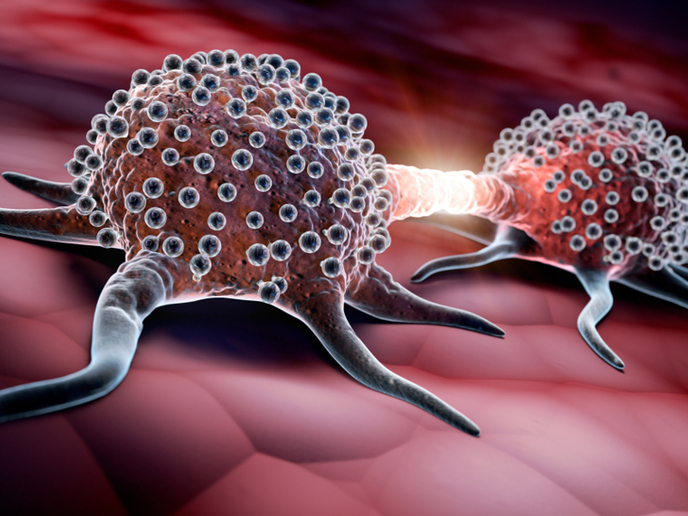The deep learner that is a woman’s best friend
Some 440 000 breast cancer deaths were avoided in the EU over the last 30 years, partly due to improved screening, early diagnosis and treatment, concluded European cancer mortality predictions, 2019 with focus on breast cancer, Annals of Oncology, based on World Health Organization and Eurostat data. But services are under pressure as some countries report a shortage of breast radiologists at the same time as an ageing population is leading to more cases in older women. To help, EU project MAMMO1 developed Artificial Intelligence software called Mia – Mammography Intelligent Assessment – to read mammograms and mitigate the workforce crisis. Powered by deep learning algorithms, the software can spot the signs of cancer and highlight a region that should be closely examined. During the 4-month project, Kheiron Medical Technologies, which developed the software, secured CE marking to sell it in the EU for use as an independent second reader in double reading programmes. The EU’s breast screening standards recommend every mammogram be read by two radiologists, ideally without them knowing what conclusion the other has reached. But those good practices sometimes go out the window if radiologists aren’t available, says project coordinator Dr Hugh Harvey. “Mia could free radiologists up to get on with more complicated tasks, MRIs and biopsies, and interacting with patients,” Dr Harvey said. Looming crisis In his 9 years as a radiologist, Dr Harvey saw the shortage of United Kingdom (UK) radiologists first-hand. The Clinical Radiology UK Workforce Census Report from the Royal College of Radiologists says 20 % of the UK’s current breast radiology workforce will retire over the next 5 years and not enough trainees are in the system to replace them. “There are fewer radiologists in the UK than there are endangered tigers in the wild,” Dr Harvey adds. Dr Harvey is one of three other radiologists working at Kheiron with 20 engineers to test and develop Mia. During MAMMO1, they tested Mia on 2.8 million historical mammograms from clinics in the UK and Hungary. Mia demonstrated the same sensitivity and specificity as radiologists analysing the mammograms. Unlike normal machine learning, with Mia’s deep learning there is no need to programme the computer to look explicitly for something; it learns by itself, more like a human brain, constructed from layers. “With deep learning you can develop a model very quickly that can find subtle features of cancer, but you need huge amounts of processing power. One of our processors costs EUR 100 000,” says Dr Harvey. That’s one of the reasons the EU funding was so welcome. Now the researchers are carrying out large prospective studies, with Mia working alongside radiologists in real time. They are also studying a pricing model that would charge hospitals per use to make it affordable. “Mia will hopefully ensure that all women across the EU get the same quality of treatment during their screening experience, maintaining high accuracy rates and a fast turn-around time for reporting,” Dr Harvey concludes.
Keywords
MAMMO1, Mia, breast cancer, mammograms, workforce crisis, radiologists, Kheiron Medical Technologies







